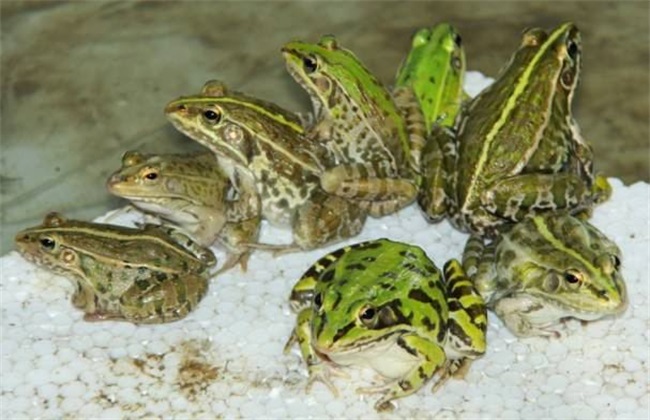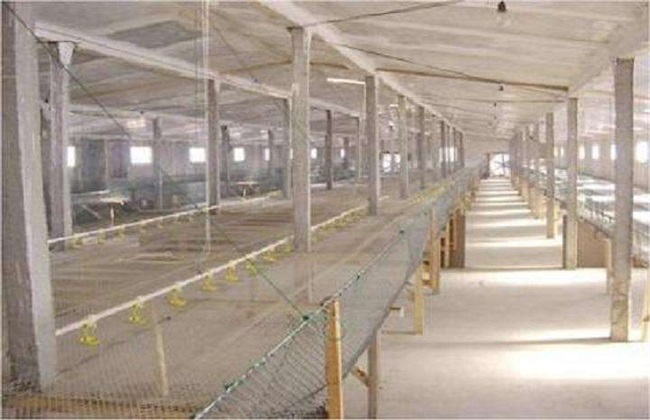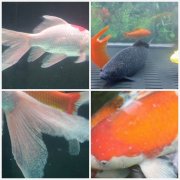Culture techniques of Rana nigromaculata
Rana nigromaculata is a kind of animal of frog family, which has a very wide range of distribution in China. The meat of the black spot frog is very fresh and rich in nutritional value, but because it is now in a state of near danger, it is not allowed to catch the wild. So now the black spot frog has gradually begun artificial breeding, and the breeding area is also very large. So how to raise the black spot frog? The following editor will give you a brief introduction, let's have a look!

1. Site selection
The breeding ground of Rana nigromaculata should be guaranteed to have a certain height and should not be raised in low-lying places to avoid flooding. Then make sure there is plenty of clean water around. It is generally appropriate to choose rice fields in noisy areas such as high-lying, flat and far away from urban areas. After selecting the site, we should disinfect it and remove the natural enemies in the rice field, such as leeches, lobsters and so on. Prevent damage during tadpoles and improve the hatching rate of seedlings. Then do a good job in the pre-burying of the pipeline, prevent water leakage, lay the ground grid, prevent the black spot frog from escaping, and then do a good job of bird prevention to create a safe growing environment for the black spot frog.
2. Artificial breeding
First of all, we should put the black spot frog with a female-to-male ratio of one to one into the breeding pond. The water level in the pool is kept at about 40 centimeters, and several foam boards are used as feed feeding and resting places for black spot frogs. After entering October, due to the temperature drop, it is necessary to do a good job in the construction of the greenhouse. And because the temperature difference between day and night is relatively large, we should also pay attention to raising the water temperature at night. Through these methods, we can reduce the hibernation time, prolong the development period, promote the gonadal development and prolong the reproduction time of black spot frog. Then according to the actual situation to control the reproduction methods, mainly natural reproduction and artificial induction of labor. April to June is the main breeding time of Rana nigromaculata.
3. Cultivate tadpoles
After successful mating, tadpoles can hatch in about 3 days. Newborn tadpoles should be properly fed with rotifers, egg yolks, etc., and sprinkle them into the water. Then, after a week or so, feed the tadpoles with special feed, or make it with fish meal, soybean meal and so on. Control the breeding density, about 800 per flat in the early stage, reduce about 400 after two weeks, and finally keep the big tadpoles at about 200 per flat. Then feed at least twice a day, according to the weight of tadpoles to control the amount of feed, keep at about 8%. After a month or so, the tadpoles enter the metamorphosis stage, at this time to put some water hyacinth and other plants in the water to facilitate the tadpoles to land. Finally, we should pay attention to the regular change of water to ensure the water quality, and the water level is controlled at about 30 cm.
4. Adult frog culture
At present, the main method of breeding adult frogs is rice field culture. Because adult frogs can feed on pests that harm the growth of rice, and the excrement produced by black spot frogs can be used as fertilizer to provide nutrition for rice. Therefore, it can reduce the amount of chemical fertilizers and pesticides and reduce environmental pollution. Rice and black spot frog belong to natural green food. However, we should pay attention to anti-escape measures, and then dig a good frog ditch to facilitate the growth of black spot frogs. Rice varieties with strong fertilizer tolerance and not suitable for lodging should be selected. The release time of adult frogs should be controlled about half a month after rice seedlings turn green, and about 3500 adult frogs of about 15 grams per mu should be put in.
The above is a brief introduction to the breeding technology of black spot frog. Because the black spot frog is active at night, and the temperature is higher in summer, because in summer, feeding about twice, respectively in the morning and evening. That's all for today's introduction. This article is for reference only. I hope it can help you all.
- Prev

Matters needing attention in the construction of laying hens
Matters needing attention in the construction of laying hens
- Next

Disease symptoms of brocade carp, treatment of white spot disease of brocade carp
The symptom of white spot disease of brocade carp is a disease caused by more than one son of ciliate, a large protozoan, which can be seen with the naked eye. Parasitic in the skin, fin strips and Gill tissues of koi, feeding on the epithelial cells of koi. In severe cases, the whole body skin and fins.
Related
- On the eggshell is a badge full of pride. British Poultry Egg Market and Consumer observation
- British study: 72% of Britons are willing to buy native eggs raised by insects
- Guidelines for friendly egg production revised the increase of space in chicken sheds can not be forced to change feathers and lay eggs.
- Risk of delay in customs clearance Australia suspends lobster exports to China
- Pig semen-the Vector of virus Transmission (4)
- Pig semen-the Vector of virus Transmission (3)
- Five common causes of difficult control of classical swine fever in clinic and their countermeasures
- Foot-and-mouth disease is the most effective way to prevent it!
- PED is the number one killer of piglets and has to be guarded against in autumn and winter.
- What is "yellow fat pig"? Have you ever heard the pig collector talk about "yellow fat pig"?

